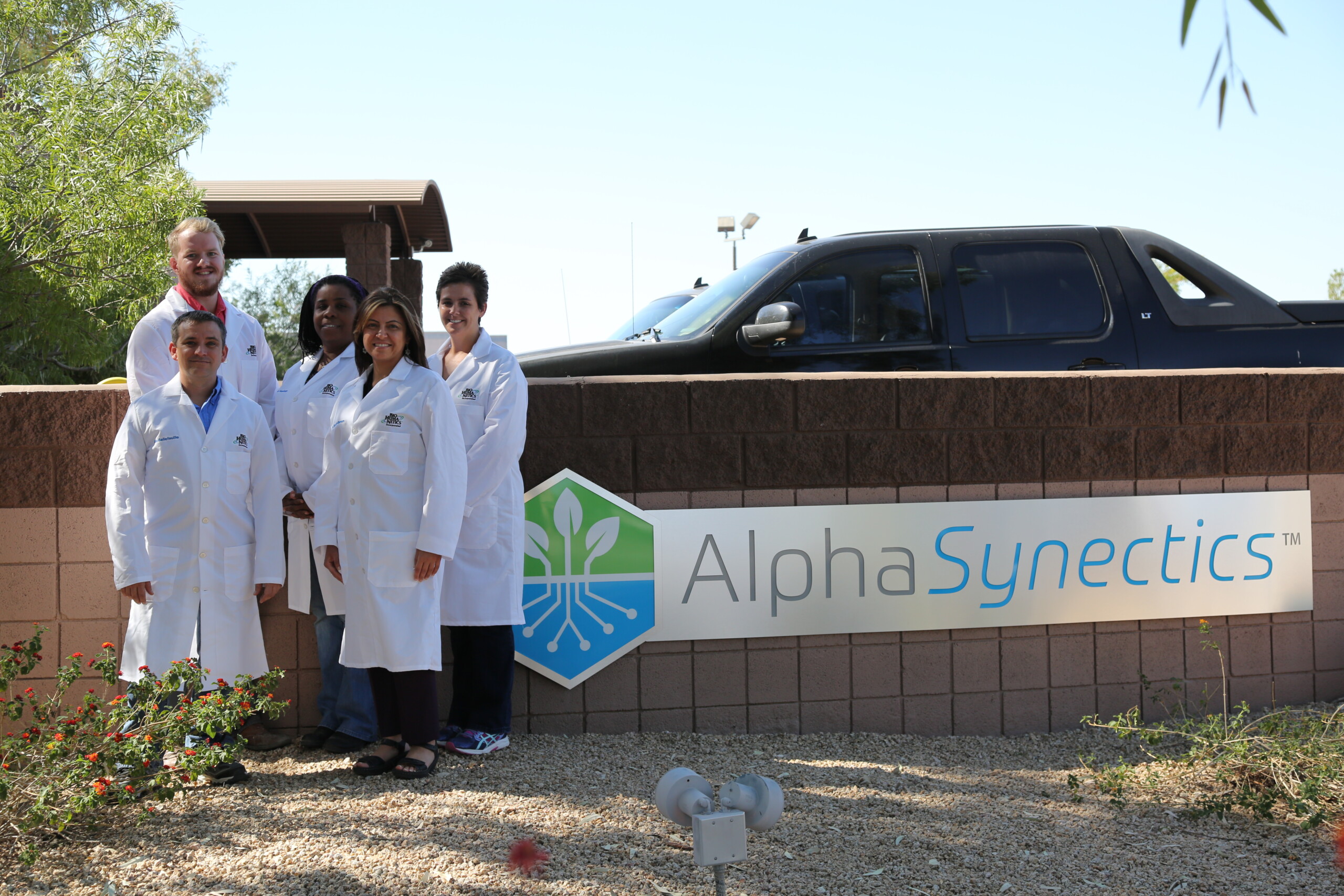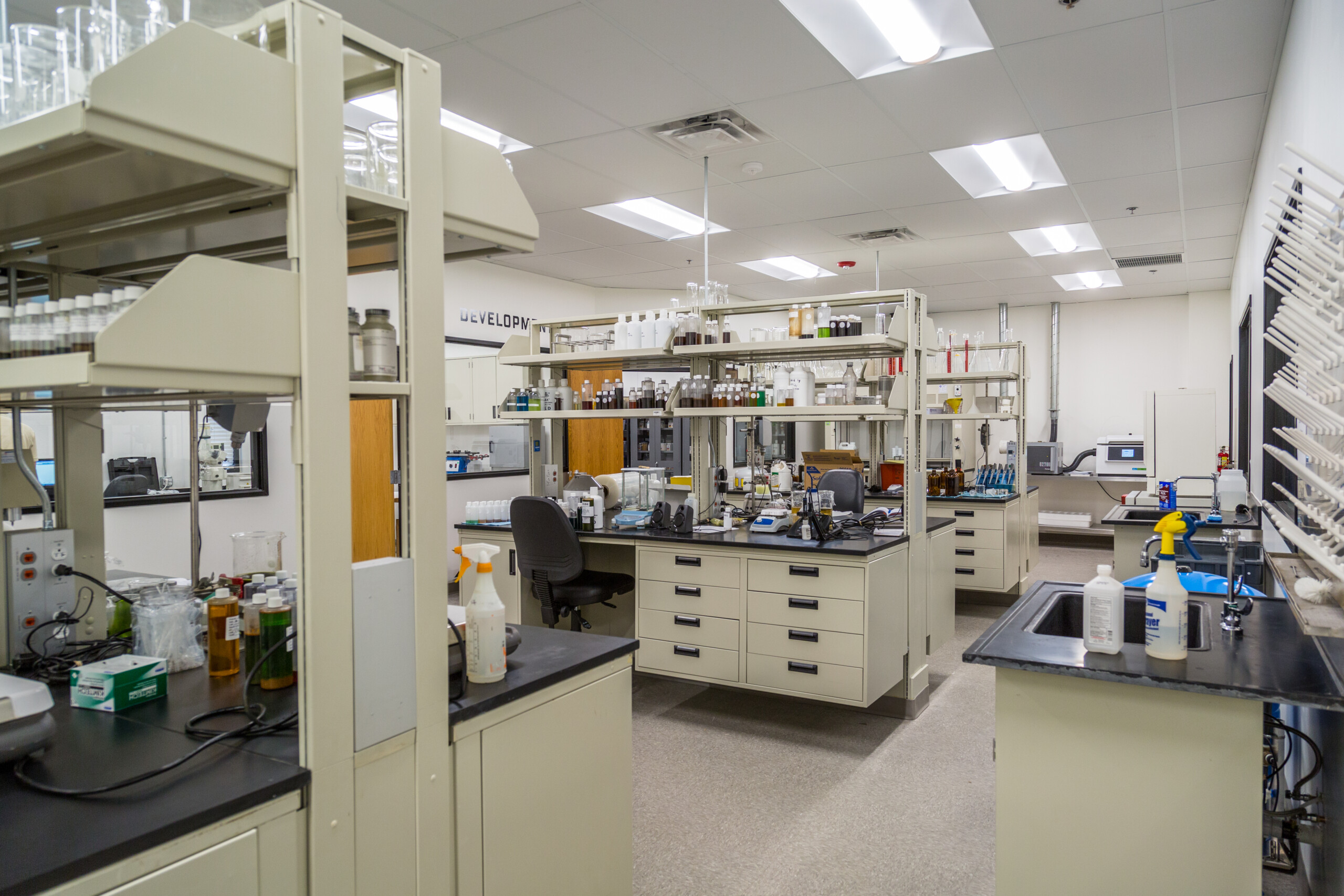Bio Huma Neti
The Alpha Synectics Laboratory staff includes 2 formulation chemists, an analytical chemist, a soil chemist, and a phycologist. According to BHN Senior Director of Research & Development Dr. Rita Abi-Ghanem, “This world-class laboratory will better enable us to develop new products as well as maintain the consistent high quality of our Huma Gro®, Huma Gro® Turf, and Probiotic Solutions® products.”
To equip this laboratory, BHN has invested in state-of-the-art laboratory tools including a PerkinElmer NexION 350 Inductively Coupled Plasma Mass Spectrometry (ICP-MS) unit for elemental analysis; an Elementar vario MAX for carbon and nitrogen determination; and a PerkinElmer Fourier Transform Infared Spectroscopy (FT-IR) unit for functional group characterization.

The name “Alpha Synectics” derives from Latin terms “Alpha,” for “First,” and “Synectics,” which means “Problem Solving/Methodology.” Alpha Synectics Laboratory is located about 1 block from the main BHN headquarters, at 1240 North Mondel in Gilbert, Arizona.
Related Posts

ATS Partners with Probiotic Solutions® for Microbiological Wastewater Treatment
ATS Innova and Probiotic Solutions® team up to provide the best in water treatment. Together, they will offer microbiological solutions to facilities worldwide. ATS Innova announces a partnership with Gilbert, AZ-based Probiotic Solutions® – a concentrated liquid wastewater remediation company that features Micro Carbon Technology®. The two companies announced a formal partnership at the end

The Huma Gro Product Quality Assurance Process

BHN’s Heather Jennings Receives TAPPI Division Leadership & Service Award
Heather Jennings, Senior Project Engineer for Probiotic Solutions® at Bio Huma Netics, Inc. (BHN), was presented the Division Leadership & Service Award by the TAPPI Women in Industry Division at the PaperCon meeting in Ohio on April 16. The Award was presented in recognition of Ms. Jennings’ outstanding leadership and exceptional service.

